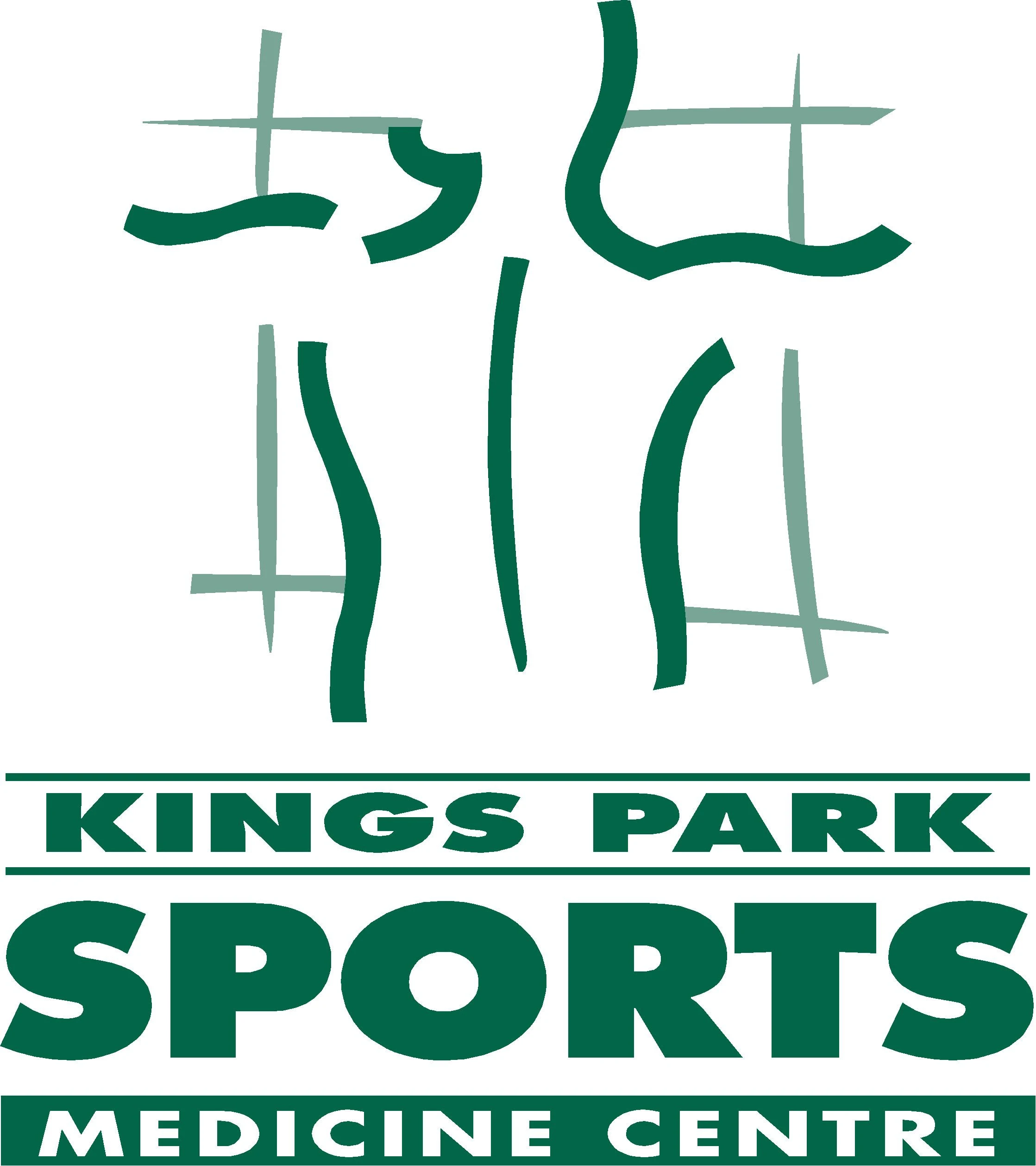Recovery – time to rescue your body

No matter the distance of your race, what you do afterwards is critical to your recovery. This is due to the greater demands placed on your body in the race environment.
During a race we all aim to push harder, faster, and for longer periods of time than in training. Yet on crossing that finish line, few take the steps necessary to help bodies recover – setting oneself up for days of discomfort and sore muscles, increasing risk of injury, and unnecessarily extending the time needed before getting back out there. Following these suggested guidelines will get your body back into training quickly, with as little discomfort as possible.
Warming down is important as it assists in flushing lactate build up out of the muscles. Even though the first reaction after crossing that line will be to catch your breath and sit, a few minutes of easy movement will go a long way towards easing muscles soreness. This is also an ideal time to stretch the key muscle groups, as your muscles should still be warm, and therefore more elastic and pliable.
Next you need to get an appropriate snack into you, as soon as you can handle food. You should try to eat something within the first 15 minutes after finishing the race, as this is when your body is still in overdrive and craving fuel, which means that the food you eat is more readily absorbed. A light carbohydrate protein snack with a high glycaemic index (eg. yoghurt and banana/peanut butter sandwich/protein bar) will provide your body with much needed energy, and assist your muscles in beginning the repair process. Hydration at this stage is also essential, but don’t overdo it.
Make sure that you have some dry clothes at the finish into which you can change, so that you keep your body warm. Then most importantly, it’s time to rest. Have a light meal when you get home, then put your feet up. Have a power nap if possible, and give your body the bit of time that it needs.
What you do in the few days following the event is also important. After bigger, more demanding events, one should practice a reverse taper. That means that if your training schedule stipulate no exercise for three days prior to the event, there should be no exercise for three days after the event. You can the. Start building up the sessions gradually again in reverse order of the 2-3 weeks prior to your race. Often one thinks that a light session the next day will loosen up the tightness in your muscles, but after a strenuous race, this can only serve to further aggravate tired and damaged muscles.
Although a quick light rub down on race day will be very beneficial in flushing toxins from the muscles, day two post race day is a good time to consider a sports massage. By this stage the muscles should no longer be as tender, and a good rub down will help to flush out residual toxins, and loosen up any tight spots. On day three you can consider some light cross training such as a swim, but don’t do anything that your body is not accustomed to or that was not part of your training before the race.
In getting back to proper training your need to ask yourself a few questions: how did you race, for how long did you race, and do you still have residual muscle soreness? Be honest with yourself, and you will have a pleasant, injury free return to training.


